Introduction
In the realm of strength training and weightlifting, wrist wraps often fly under the radar, not receiving the recognition they truly deserve. While many fitness enthusiasts focus their attention on more prominent equipment such as dumbbells, kettlebells, or resistance bands, wrist wraps can be a game-changer when it comes to injury prevention and performance enhancement. Whether you're heaving heavy weights during a bench press, executing perfect push-ups, or delving into the world of powerlifting, wrist wraps are a deceptively simple yet highly effective tool for safeguarding your wrists and optimizing your workout sessions.
In this in-depth guide, we will embark on a detailed exploration of wrist wraps. We'll uncover what they are, delve into their significance, understand the optimal times and proper techniques for using them, and discover how they can transform your training routine. Additionally, we'll highlight common pitfalls to avoid and answer some frequently asked questions. So, let's get started on this journey to better wrist support and improved fitness!
What Are Wrist Wraps?
Wrist wraps are essentially specialized fabric bands meticulously designed to offer crucial support to your wrists during strenuous weightlifting or high-intensity exercises. Crafted from materials like cotton, elastic, and Velcro, these wraps snugly encircle your wrists and secure firmly, helping to stabilize the joint. They come in a variety of lengths, widths, and stiffness levels, each tailored to provide different degrees of support for various types of exercises.
Types of Wrist Wraps
The market offers a diverse range of wrist wraps, and being aware of the differences can empower you to make an informed choice based on your specific fitness needs:
- Short Wrist Wraps: Typically measuring between 12 and 18 inches in length, these wraps provide a moderate level of support, striking a balance between flexibility and stability. They are an excellent choice for exercises where you require both support and a good range of motion, ensuring that your wrist movement isn't overly restricted.
- Long Wrist Wraps: Ranging from 24 to 36 inches in length, these wraps provide enhanced support, making them ideal for heavy-duty lifts such as the bench press or overhead press. The additional length allows for more extensive wrapping around the wrist, resulting in increased stability.
- Stiff vs. Flexible Wrist Wraps: Stiff wrist wraps offer a more rigid form of support, making them a top pick for powerlifting or intense weight training sessions. On the other hand, flexible wraps prioritize movement, making them suitable for exercises that demand greater wrist mobility.
Benefits of Using Wrist Wraps
Wrist Joint Support
The most apparent advantage of wrist wraps lies in the support they offer. During heavy lifting, your wrists can bear a significant amount of pressure, especially when performing pushing exercises like bench presses, overhead presses, or even simple push-ups. Wrist wraps work to stabilize the joint, minimizing the risk of hyperextension and potential injuries.
Injury Prevention
Wrist injuries are relatively common, particularly among athletes who regularly engage in heavy lifting or high-intensity training. By keeping the wrist joint well-supported, wrist wraps act as a safeguard against sprains, strains, and ligament damage.
Improved Performance
When your wrist is properly supported, you can lift heavier weights with greater safety and confidence. This newfound assurance allows you to shift your focus from concerns about wrist discomfort to perfecting your form and pushing your physical limits, ultimately leading to enhanced performance.
Confidence Boost
Whether you're lifting heavy weights or aiming to improve your strength training routine, wrist wraps can provide a significant psychological edge. The knowledge that your wrists are well-protected enables you to approach your lifts with unwavering focus, free from the hesitation and fear of potential injuries.
When Should You Use Wrist Wraps?
Heavy Lifting
Wrist wraps are particularly beneficial when performing compound lifts that place substantial stress on the wrists. Some of these key exercises include:
- Bench Press: During a bench press, there is a risk of the wrists collapsing backward, which can lead to injuries. Wrist wraps help maintain the wrists in a neutral position, reducing this risk.
- Overhead Press: Overhead presses subject the wrists to a great deal of pressure, especially when handling heavy weights. Wrist wraps come to the rescue by stabilizing the joint.
- Deadlifts: Although primarily a lower-body exercise, the position of the wrists during deadlifts can put strain on the joint, particularly when lifting from the ground. Wrist wraps can alleviate this strain.
- Push-ups: If you're performing high-volume push-ups or weighted push-ups, wrist wraps offer additional stability, helping to reduce discomfort and the risk of injury.
When Not to Use Wrist Wraps
While wrist wraps can be a valuable asset for heavy lifting, they are not suitable for warm-up exercises, light-intensity workouts, or mobility training. Over-relying on wrist wraps may lead to a decrease in the natural strength of your wrists, potentially weakening the joints in the long term. Additionally, during exercises specifically designed to improve wrist mobility, such as wrist curls, using wraps can actually impede your progress.
Signs You Might Need Wrist Wraps
If you experience wrist pain or discomfort during lifting, it could be a clear indication that it's time to start using wrist wraps. Other signs include wrist instability or hyperextension during certain exercises. However, it's important to note that wrist wraps should be used in conjunction with a comprehensive wrist mobility and strengthening routine, not as a replacement for it.
How to Choose the Right Wrist Wraps
Stiffness Level
The first consideration when choosing wrist wraps is the stiffness level. If you're regularly lifting extremely heavy weights and require maximum support, stiffer wraps are the way to go. For lighter lifts and exercises that demand more wrist mobility, flexible wraps would be a more suitable option.
Length and Width
The length of your wrist wraps directly impacts the level of support they provide. Short wraps (from 12 to 18 inches) offer moderate support, while longer wraps (from 24 to 36 inches) offer enhanced stability. In addition to length, the width of the wraps is also crucial. They should be wide enough to cover the wrist joint adequately without constricting blood circulation.
Thumb Loop or No Thumb Loop?
Some wrist wraps feature a thumb loop, which can be incredibly useful for keeping the wrap in place while you're wrapping it around your wrist, ensuring a secure fit. However, some individuals find the thumb loop restrictive and prefer wraps without it for greater flexibility.
Step-by-Step Guide: How to Properly Use Wrist Wraps
Now that you have a solid understanding of the basics, let's take a detailed look at how to use wrist wraps effectively to maximize their benefits.
1. How Tight Should They Be?
Wrist wraps should be applied snugly, but not so tightly that they cut off blood circulation. You should still be able to move your fingers freely, while simultaneously feeling that your wrist joint is fully supported. A good rule of thumb is to wrap them tightly enough to provide support, but not to the point where your fingers start to tingle.
2. Correct Placement
When wrapping your wrists, begin just below your palm and work your way around the joint. It's important to avoid wrapping too high or too low. The wrap should cover the area around your wrist, offering support while allowing for normal blood flow.
3. Thumb Loop: Use It or Skip It?
The thumb loop is an optional feature, but many people find it helpful for ensuring that the wrap stays securely in place. However, if you find the thumb loop uncomfortable, you can still use the wraps effectively without it. The key is to ensure that the wrap remains stable and provides the necessary support.
Common Mistakes When Using Wrist Wraps
- Wrapping Too Loosely: If your wrist wraps are too loose, they won't be able to provide the support you need during your workouts. Make sure to apply them snugly, while still allowing for some natural movement.
- Over-Wrapping: Conversely, wrapping your wrists too tightly can restrict blood flow, resulting in numbness and discomfort. Always leave enough room for blood to circulate freely.
- Using Wrist Wraps as a Crutch: Wrist wraps should be used as a supplement to your training, not as a permanent solution. Relying on them for every workout can prevent your wrists from developing their natural strength.
- Ignoring Wrist Mobility Work: While wrist wraps are useful, they should never replace wrist mobility exercises. Strengthening your wrists through targeted exercises is essential for long-term joint health.
Training Tips for Best Results
- Gradual Adaptation: Don't rush to rely on wrist wraps. Start with lighter weights and gradually incorporate them into your routine for heavier lifts as you build strength and confidence.
- Proper Form: Even with the support of wrist wraps, maintaining proper form is paramount. Ensure that your wrist alignment is correct throughout your workouts.
- Wrist Strengthening: Balance the use of wrist wraps with dedicated wrist-strengthening exercises. This approach will help prevent over-reliance on the wraps and promote overall joint health.
FAQs About Wrist Wraps
Can Beginners Use Wrist Wraps?
Yes, beginners can benefit from using wrist wraps, especially when lifting heavy weights or performing exercises that put strain on the wrists. Just remember to use them judiciously and not rely on them too heavily in the early stages.
How Often Should I Use Wrist Wraps?
Use wrist wraps when performing heavy lifts or exercises that strain your wrists. Avoid using them during light-intensity workouts or mobility training, as your wrists need to strengthen naturally.
Do Wrist Wraps Help with Push-Ups?
If you experience wrist pain during push-ups, wrist wraps can offer additional support. They are particularly useful for high-volume push-ups or weighted push-ups, helping to reduce discomfort.
How Long Do Wrist Wraps Last?
With proper care and maintenance, quality wrist wraps can last for several years. Regularly wash them and inspect them for signs of wear and tear to ensure their longevity.
Conclusion
Wrist wraps are an indispensable tool for anyone involved in heavy lifting or intense workouts. They offer essential support, help prevent injuries, and allow you to lift heavier weights with increased confidence. However, it's important to remember that wrist wraps should not be a substitute for proper form, wrist mobility training, and strength building.
By understanding when and how to use wrist wraps effectively, you can protect your wrists, enhance your performance, and take your fitness journey to new heights.

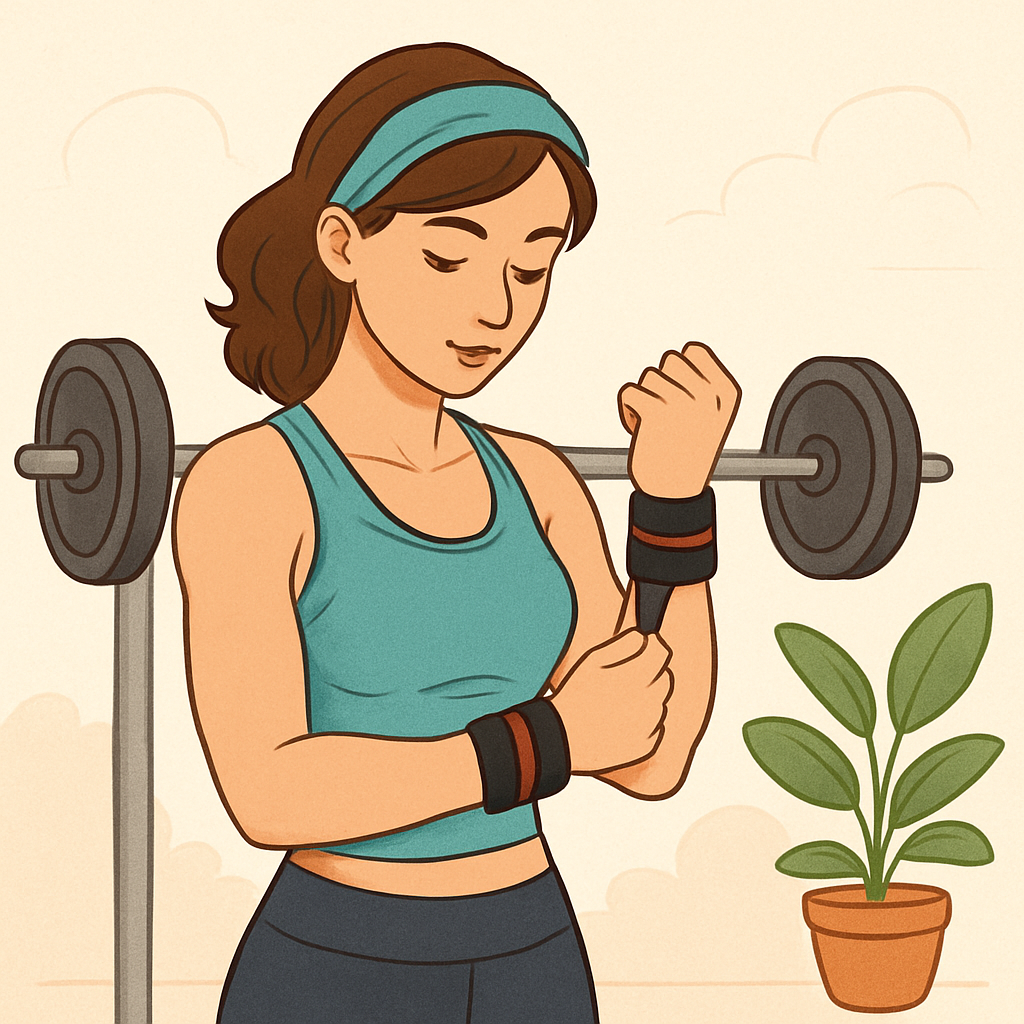
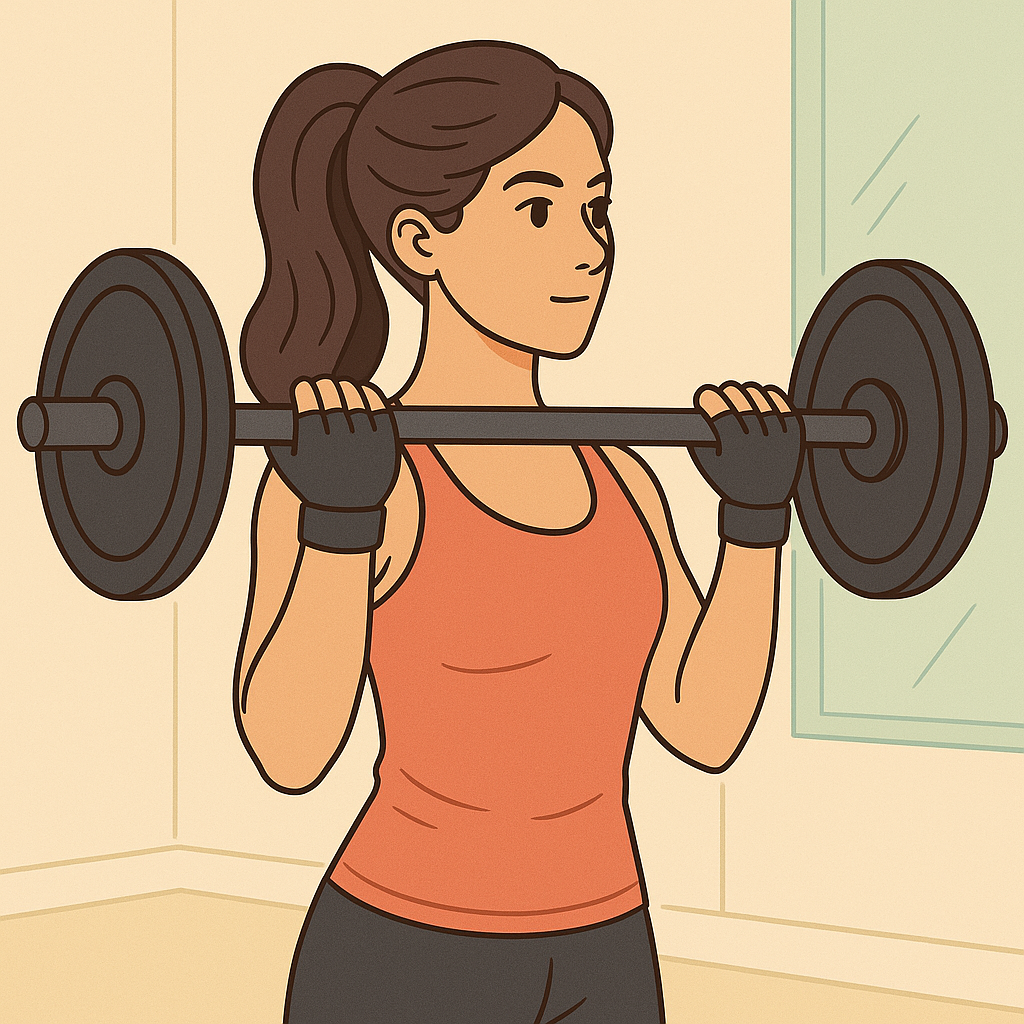
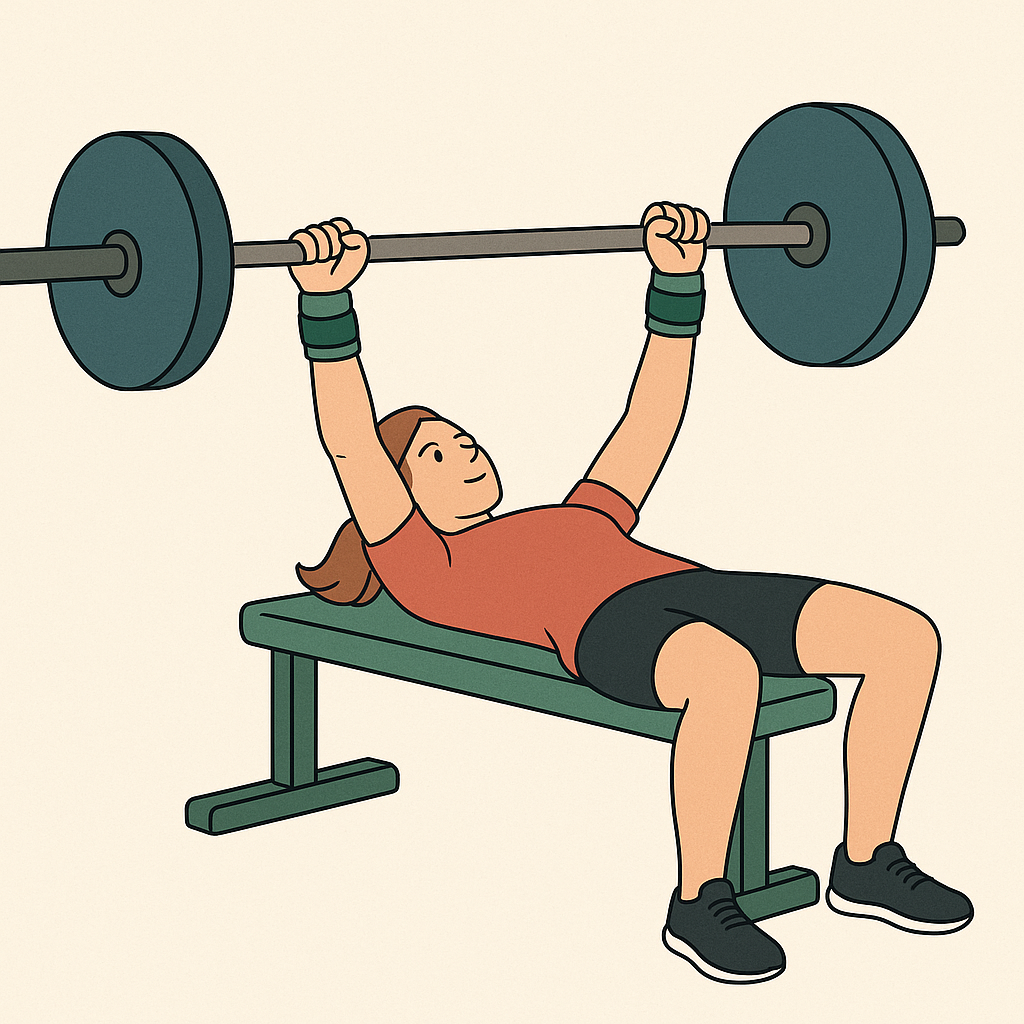
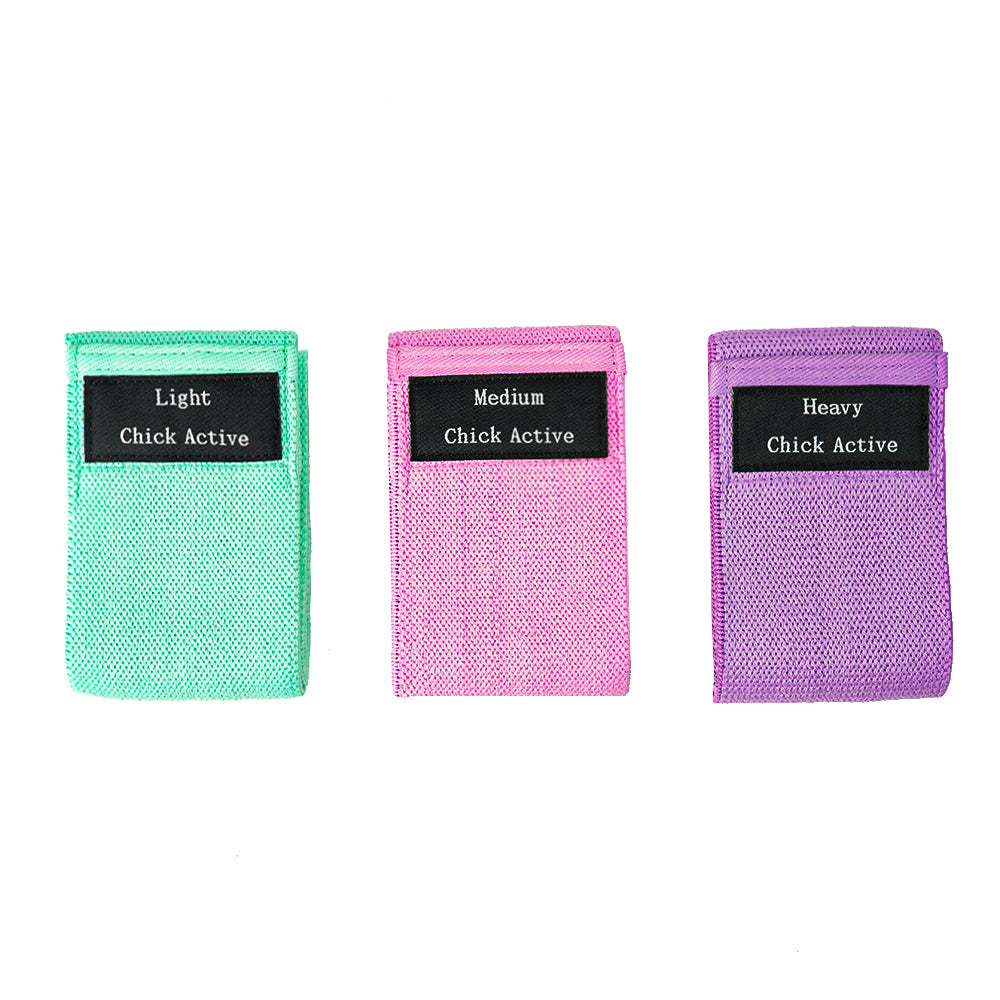
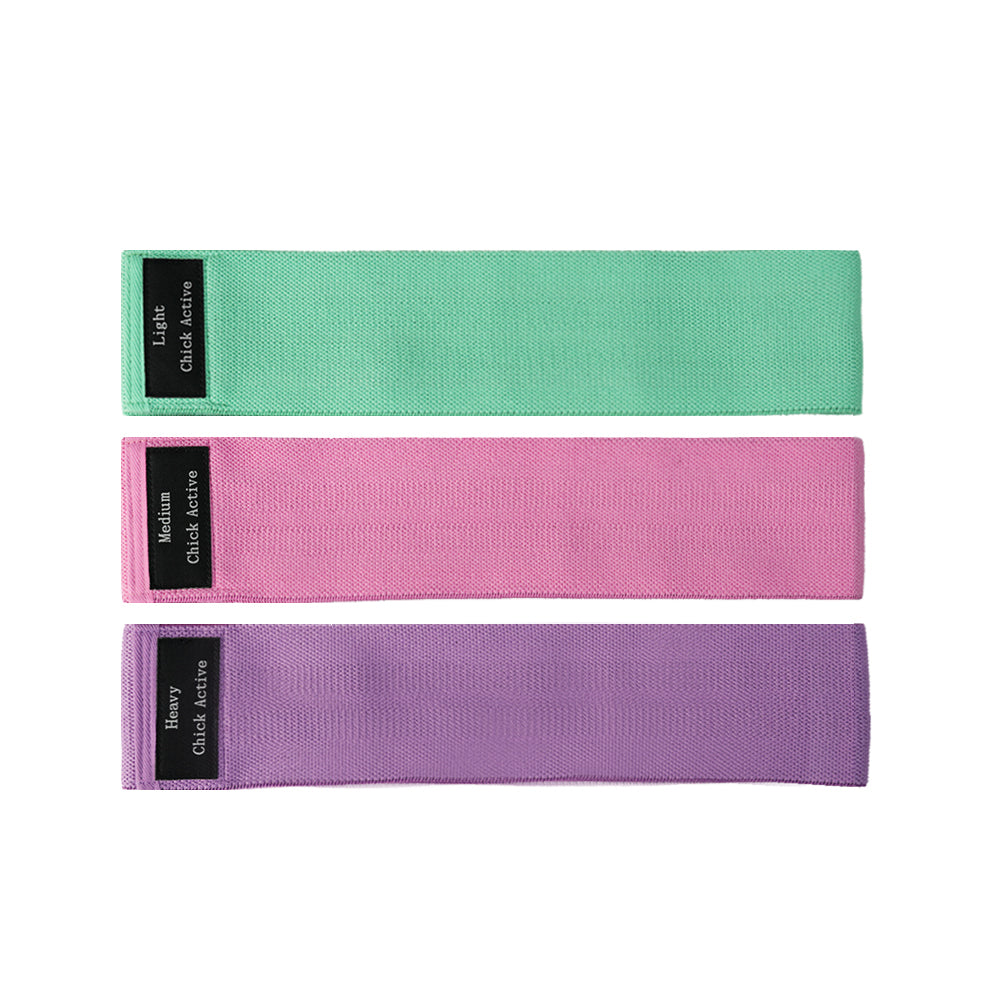


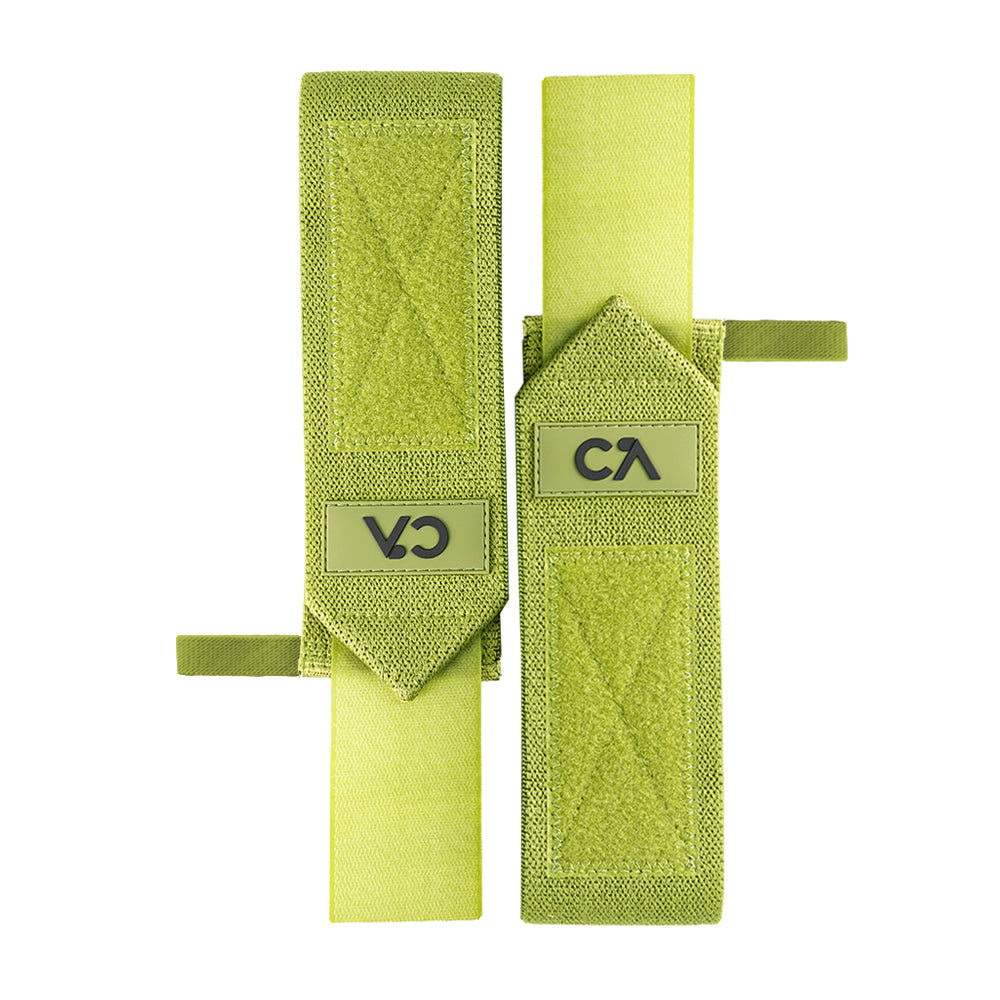
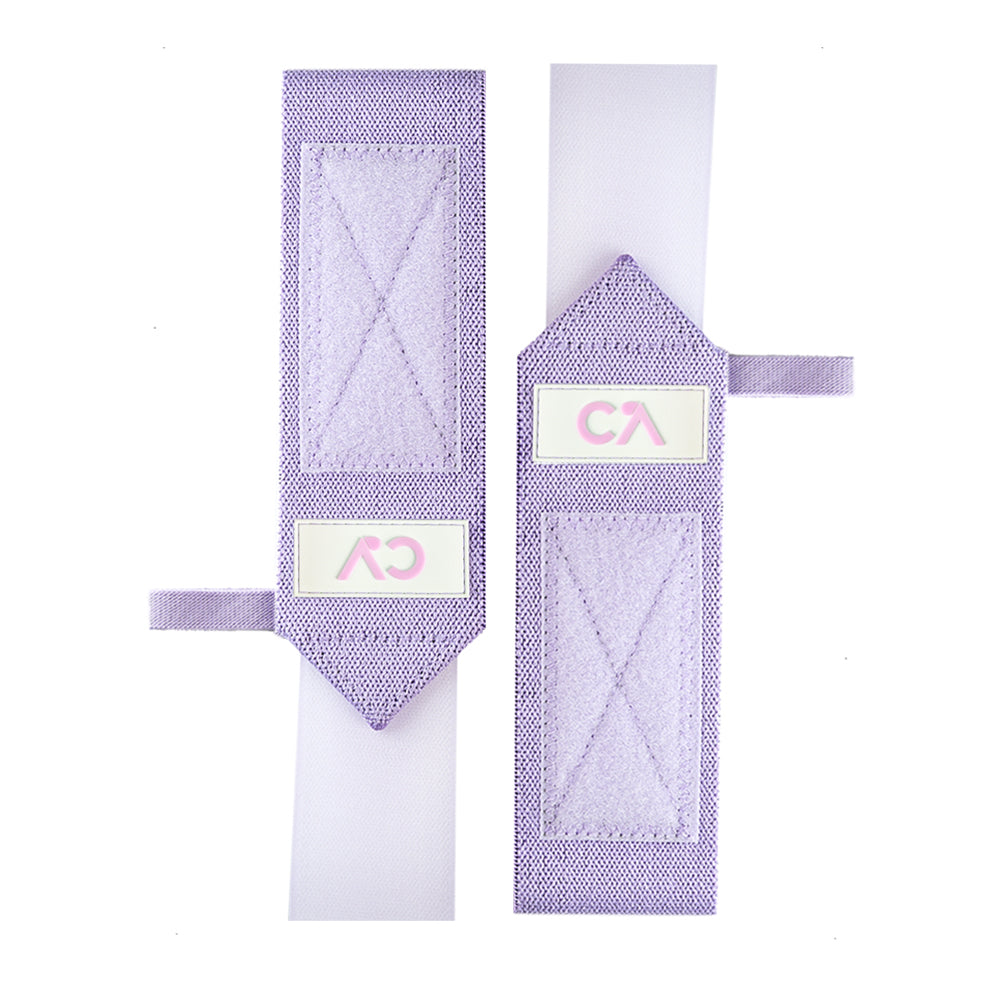
Leave a comment
All comments are moderated before being published.
This site is protected by hCaptcha and the hCaptcha Privacy Policy and Terms of Service apply.